The discovery of 27 vertebrates fully reveals the unmatched biodiversity in Tanzania
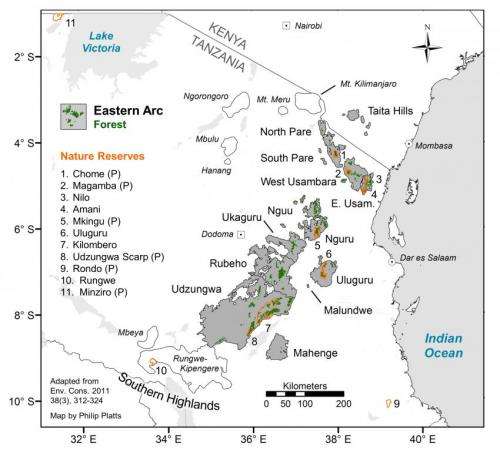
A study by an international team of scientists coordinatedby Italy's MUSE - Science Museum updates knowledge on the faunal richness of the Eastern Arc Mountains of Tanzania and Kenya; presents the discovery of 27 new vertebrate species (of which 23 amphibians and reptiles); identifies the drivers of the area's exception biological importance and advocates for its candidature to the UNESCO's List of World Heritage Sites.
A study documenting the latest research findings on the faunal richness of the tropical moist forests of the Eastern Arc Mountains of Kenya and Tanzania was published on-line today (26th of September – 5am BST) in Diversity and Distributions. The study summarises the last decade of biodiversity research in the Eastern Arc Mountains, including the discovery of 27 vertebrate species that are new to science; and 14 other species not previously known to exist in the area.
The results further re-enforce the importance of the Eastern Arc Mountains as one of the top sites on earth for biological diversity and endemism. The study was conducted by an international team coordinated by researchers of the Tropical Biodiversity Section at MUSE-Science Museum in Italy. The team includes several research and conservation agencies in Tanzania and across the world which were supported by the Critical Ecosystem Partnership Fund, a global partnership dedicated to providing funding and technical assistance to NGOs and private sector involved in the conservation of globally important biodiversity hotspots. The biodiversity research that was supported by CEPF targeted the most remote and least-surveyed forests in the Eastern Arc Mountains.
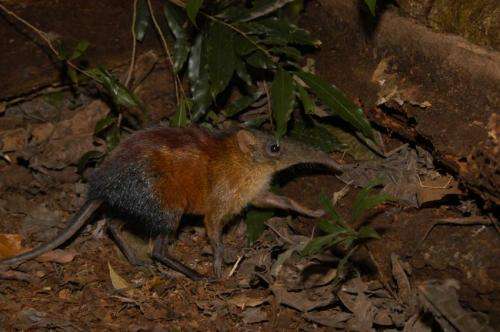
The Eastern Arc Mountains are geologically ancient. The persistence of forest on these mountains, for several million years, has driven an extraordinary differentiation of living forms. The Eastern Arc Mountains comprise 13 blocks extending in an arc from southern Kenya to south-central Tanzania.
"Our study shows how little we still know about the Earth's biodiversity hotspots, and how important targeted biodiversity inventories are in revealing the biological wealth of our planet" said Dr Francesco Rovero, Head of the Tropical Biodiversity section at MUSE-Science Museum, and senior author of the publication. "We can now rank the 13 Eastern Arc Mountain blocks by biological importance and we can better understand the forces that have caused such extraordinary patterns of biological richness. These findings provide the Governments of Tanzania and Kenya, and other agencies involved in the protection of these forests, with management recommendations, among which is to revive the Eastern Arc Mountain's candidature to UNESCO's List of World Heritage Sites", continued Dr Rovero.
"The Eastern Arc Mountains were already known for the unusually high density of endemic species, however we lacked comprehensive data from at least six of the 13 mountain blocks," said Professor Neil Burgess, a leading expert on Africa's biodiversity from the Center for Macroecology, Evolution and Climate at the University of Copenhagen and UNEP-World Conservation Monitoring Centre. "The new findings affirm the importance of conserving as large an extent of forest as possible, particularly where a forest extends across different altitudes. Besides forest extent, forest elevational range and rainfall were found to be equally important drivers of richness of vertebrate species", continued Professor Burgess.
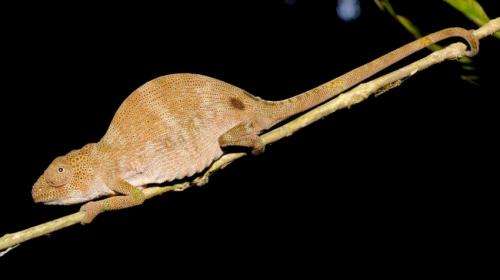
"The candidature of this area to UNESCO's List of World Heritage Sites would ensure greater international visibility and support for the long-term protection of these exceptional but highly threatened fragments of rainforest. We are urging the Government of Tanzania to embrace this new research as a basis for reviving Tanzania's application to UNESCO," said Charles Meshack, Executive Director of the Tanzania Forest Conservation Group.
"Twenty-three of the 27 new species that we reported in the study are amphibian and reptiles," said Michele Menegon, researcher with the Tropical Biodiversity Section at MUSE." These results make the Eastern Arc the most important site in Africa for these two classes of vertebrate. Some of these species are up to 100 million years old and are evidence of the great age, forest stability and unique evolutionary history of these mountains."
-
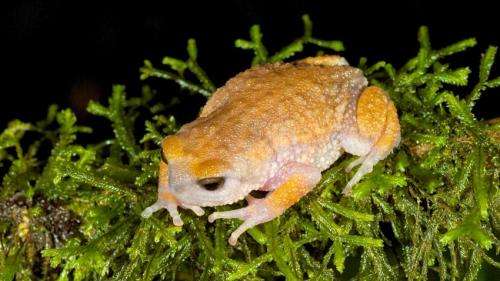
Callulina meteora is a small toad discovered in the Nguru mountains and described in 2011; it lives in a small area of mountain top forest, at about 2000 m of elevation and is considered at high risk of extinction. Credit: Francesco Rovero, MUSE -
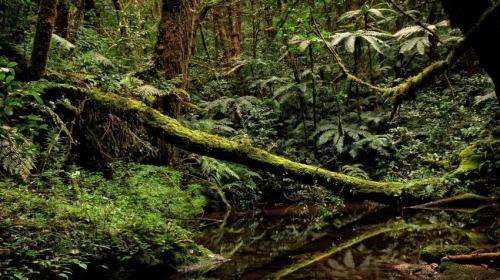
Montane moist forest in the Nguru mountains, central Tanzania, one of the mountain blocks that had not be explored prior to the study, that has revealed its extraordinary importance, with 35 specie endemic to the Eastern Arc of which 7 only occurring in this area. Credit: Francesco Rovero, MUSE
Journal information: Diversity and Distributions
Provided by MUSE

















